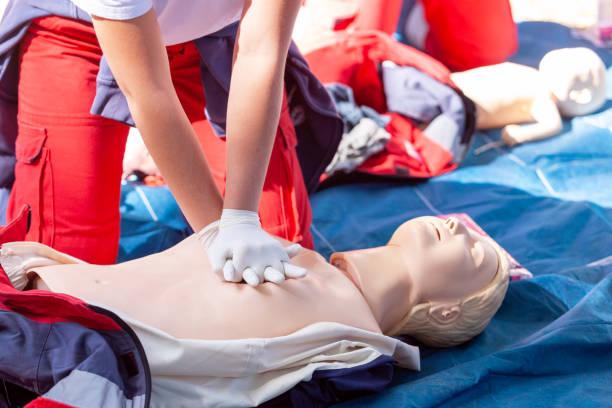How Trade Safety Coordinators Help Prevent Accidents
In industries like construction, manufacturing, and other high-risk environments, maintaining workplace safety is not just a priority—it’s an essential responsibility. One of the key roles in fostering a safe work environment is that of a Trade Safety Coordinator. These professionals play a crucial part in accident prevention, risk management, and compliance with WorkSafeBC safety regulations. In this blog post, we will discuss the essential responsibilities of a Trade Safety Coordinator, how they contribute to preventing accidents, and the importance of specialized training programs.
The Role of a Trade Safety Coordinator
A Trade Safety Coordinator serves as the backbone of safety management within a worksite, particularly in construction and other trade environments. They are responsible for overseeing safety protocols, ensuring that all employees follow safety guidelines, and conducting hazard assessments. The primary goal of a Trade Safety Coordinator is to minimize the likelihood of accidents through proactive planning and diligent supervision.
Some of the key responsibilities of a Trade Safety Coordinator include:
- Conducting regular safety inspections to identify potential hazards.
- Implementing safety policies that align with industry standards and WorkSafeBC regulations.
- Training workers on safe practices and emergency procedures.
- Coordinating with site supervisors to ensure compliance with safety protocols.
- Maintaining safety records and incident reports.
By performing these duties, Trade Safety Coordinators significantly reduce workplace risks, thereby protecting both workers and employers from costly incidents.

Preventing Accidents: The Trade Safety Coordinator’s Impact
Accidents can happen at any time, but a proactive approach to safety management can drastically reduce their frequency and severity. A Trade Safety Coordinator focuses on accident prevention by implementing comprehensive safety plans and continuously monitoring for compliance. They assess worksite conditions daily, conduct toolbox talks to address immediate safety concerns, and encourage workers to report unsafe conditions without fear of retaliation.
Moreover, Trade Safety Coordinators work closely with project managers to ensure that safety measures are embedded into every phase of a project. This comprehensive approach to safety oversight not only prevents accidents but also promotes a culture of safety across the entire organization.
Training Programs for Safety Coordinators
Becoming an effective Trade Safety Coordinator requires specialized training. Safety coordinator training programs cover a wide range of topics, including hazard identification, due diligence, crew talks, and emergency management. These programs provide the practical skills that Trade Safety Coordinators will need to perform their roles as safety professionals.
Many training programs also emphasize legal compliance, which is particularly crucial for construction safety coordinators who must adhere to local and federal regulations. Investing in such training not only equips coordinators with the knowledge to manage safety effectively but also demonstrates an organization’s commitment to workplace safety.
Contact Peak Safety Training for More Information
If you are looking to become a certified Trade Safety Coordinator or wish to enhance your current safety management skills, Peak Safety Training in Burnaby, BC offers comprehensive training programs tailored to your needs. Our courses are designed to equip you with the practical skills and regulatory knowledge essential for managing safety in high-risk environments. For more information, reach out to Peak Safety Training today!
Final Thoughts
A Trade Safety Coordinator plays a vital role in accident prevention by actively managing safety protocols and fostering a culture of safety awareness. Their diligent efforts help to reduce risks, safeguard workers, and maintain compliance with health and safety regulations. By investing in proper training, organizations can ensure that their safety coordinators are well-prepared to keep worksites accident-free.
Disclaimer
The information presented in this blog post is for educational purposes only and should not be considered a substitute for official training or regulatory guidance. Always consult the relevant Occupational Health and Safety regulations for your specific requirements.




